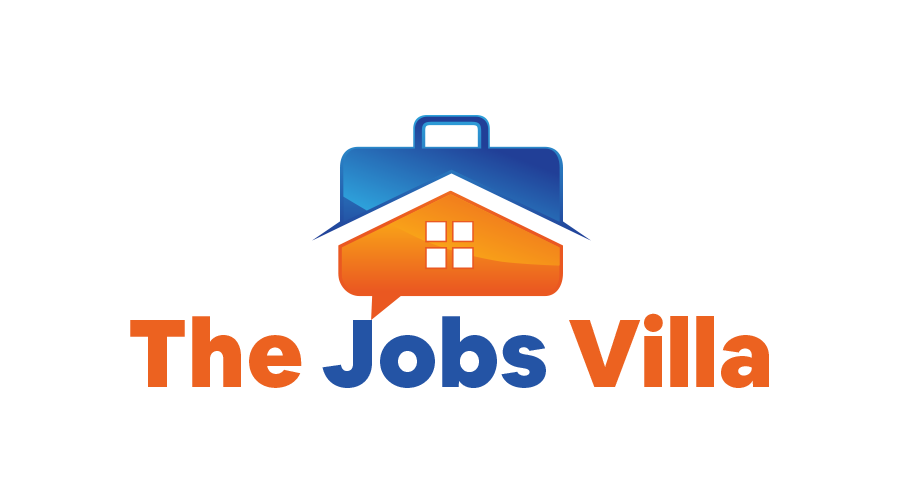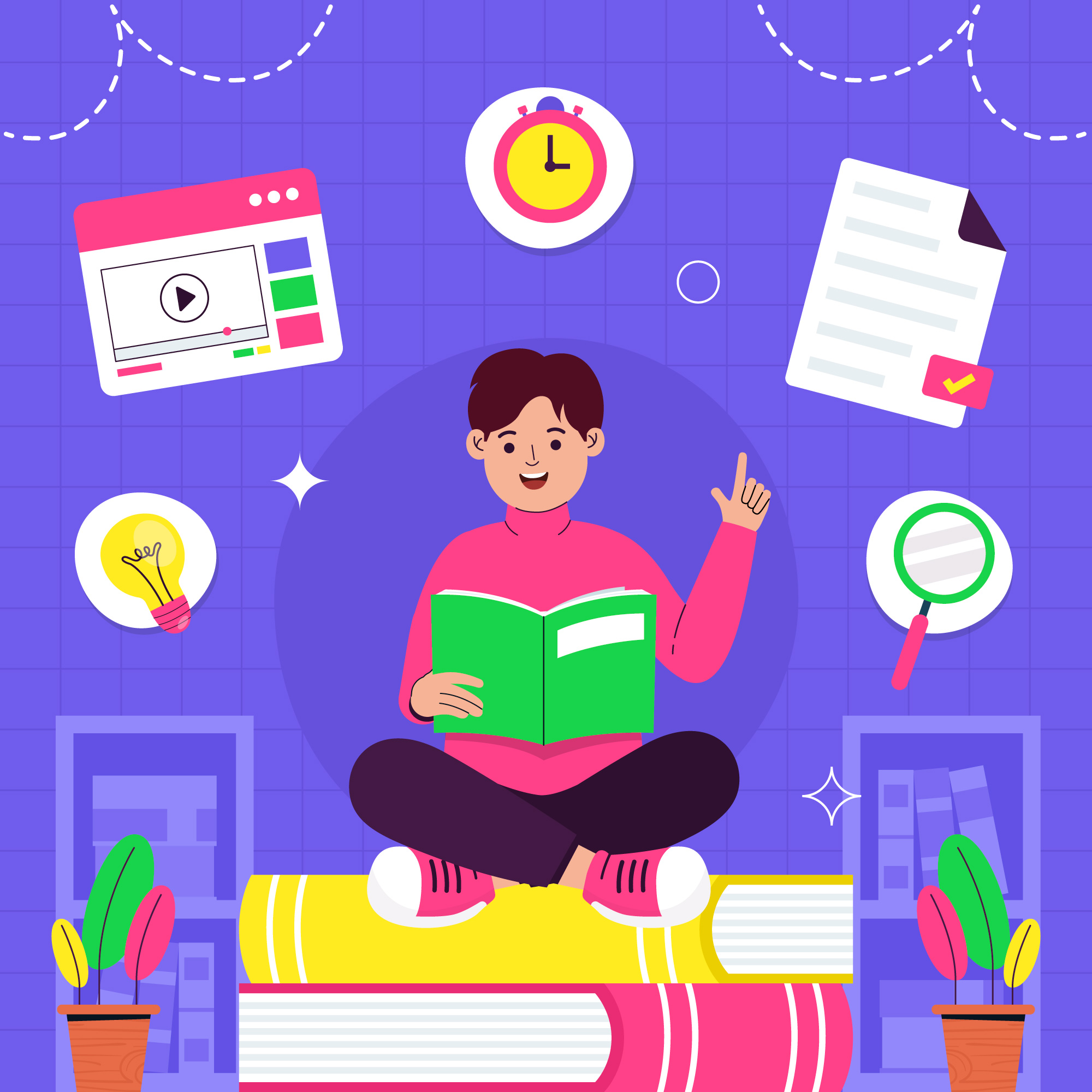The rapid advancement of educational technology (EdTech) has transformed classrooms across the globe, providing teachers with innovative tools to personalize learning experiences. As educators strive to meet the diverse needs of their students, leveraging EdTech becomes crucial. By integrating digital resources for teachers, personalized learning can be effectively achieved, enhancing both student engagement and academic outcomes.
Understanding Personalized Learning
Personalized learning tailors’ educational experiences to individual student needs, preferences, and learning paces. Unlike the one-size-fits-all approach, personalized learning acknowledges that each student has unique strengths and areas for improvement. EdTech facilitates this approach by offering a variety of tools that allow teachers to create customized learning paths for their students.
Teacher Productivity Tips for Effective EdTech Integration
For teachers, the effective integration of EdTech can seem daunting, but with the right productivity tips, it can be a seamless process. Begin by identifying specific goals for using EdTech in your classroom. Whether it’s to enhance engagement, improve assessment methods, or facilitate differentiated instruction, having clear objectives will guide your technology choices and implementation strategies.
Utilizing Digital Resources for Teachers
There is a plethora of digital resources available for teachers, designed to aid in personalizing learning. These resources range from interactive lesson plans and digital textbooks to assessment tools and learning management systems. Start by exploring educational platforms that offer customizable content and analytics to monitor student progress. These platforms can provide valuable insights into student performance, helping you adjust instruction to meet their needs.
Creating a Personalized Learning Environment
To create a personalized learning environment, consider using adaptive learning technologies. These tools adjust the difficulty of tasks based on student responses, ensuring that each learner is appropriately challenged. Incorporate multimedia resources such as videos, simulations, and interactive activities to cater to different learning styles. This approach not only keeps students engaged but also reinforces their understanding of the material.
Enhancing Student Engagement with EdTech
Engagement is a critical component of personalized learning. EdTech can significantly enhance student engagement through gamification and interactive content. By incorporating game-like elements such as points, badges, and leaderboards, students are more motivated to participate and complete tasks. Additionally, interactive content like virtual labs and augmented reality experiences can make learning more immersive and enjoyable.
Leveraging Data for Personalized Instruction
One of the greatest advantages of EdTech is the ability to collect and analyze data on student performance. Use this data to inform your instruction and provide targeted support where needed. For example, if data indicates that a student is struggling with a particular concept, you can provide additional resources or one-on-one assistance. This data-driven approach ensures that every student receives the attention they need to succeed.
Collaborative Learning Through EdTech
Collaboration is another key element of personalized learning that can be enhanced with EdTech. Digital collaboration tools such as discussion forums, group projects, and peer review platforms foster a sense of community and teamwork among students. These tools also allow students to share their work and receive feedback from peers, promoting a deeper understanding of the subject matter.
Addressing Challenges in EdTech Implementation
While EdTech offers numerous benefits, it’s essential to address potential challenges to ensure successful implementation. Common obstacles include a lack of access to technology, insufficient training for teachers, and resistance to change. To overcome these challenges, provide professional development opportunities focused on EdTech, ensure equitable access to digital devices, and foster a culture of openness to new teaching methods.
Conclusion
The future of education lies in the successful integration of EdTech to personalize learning experiences. By utilizing digital resources for teachers and following practical teacher productivity tips, educators can create dynamic, student-centered classrooms that cater to the unique needs of each learner. As we continue to embrace technological advancements, the potential for personalized learning will only grow, paving the way for more effective and engaging educational experiences. For more insights and resources on implementing EdTech, visit educational.tools.






